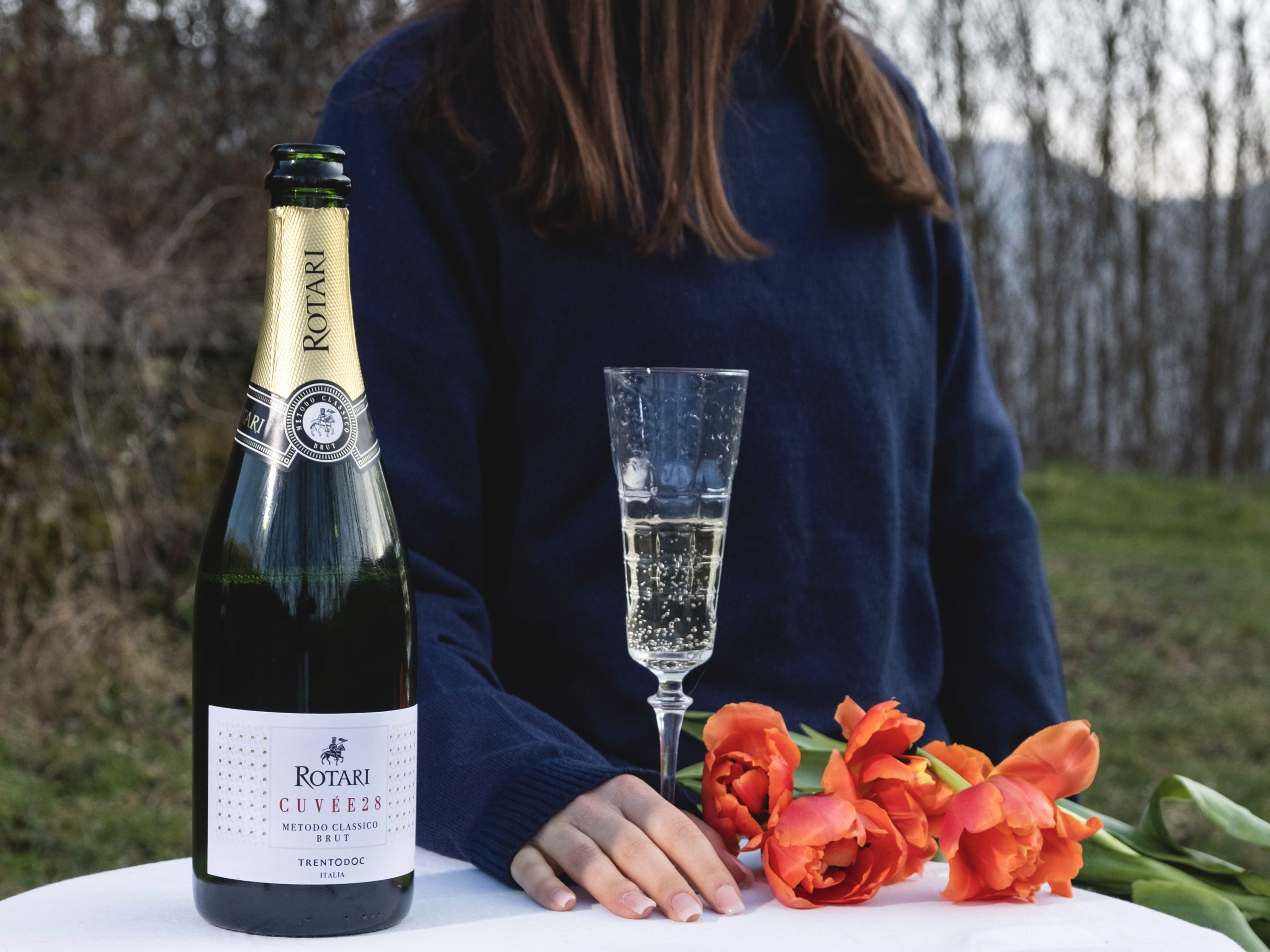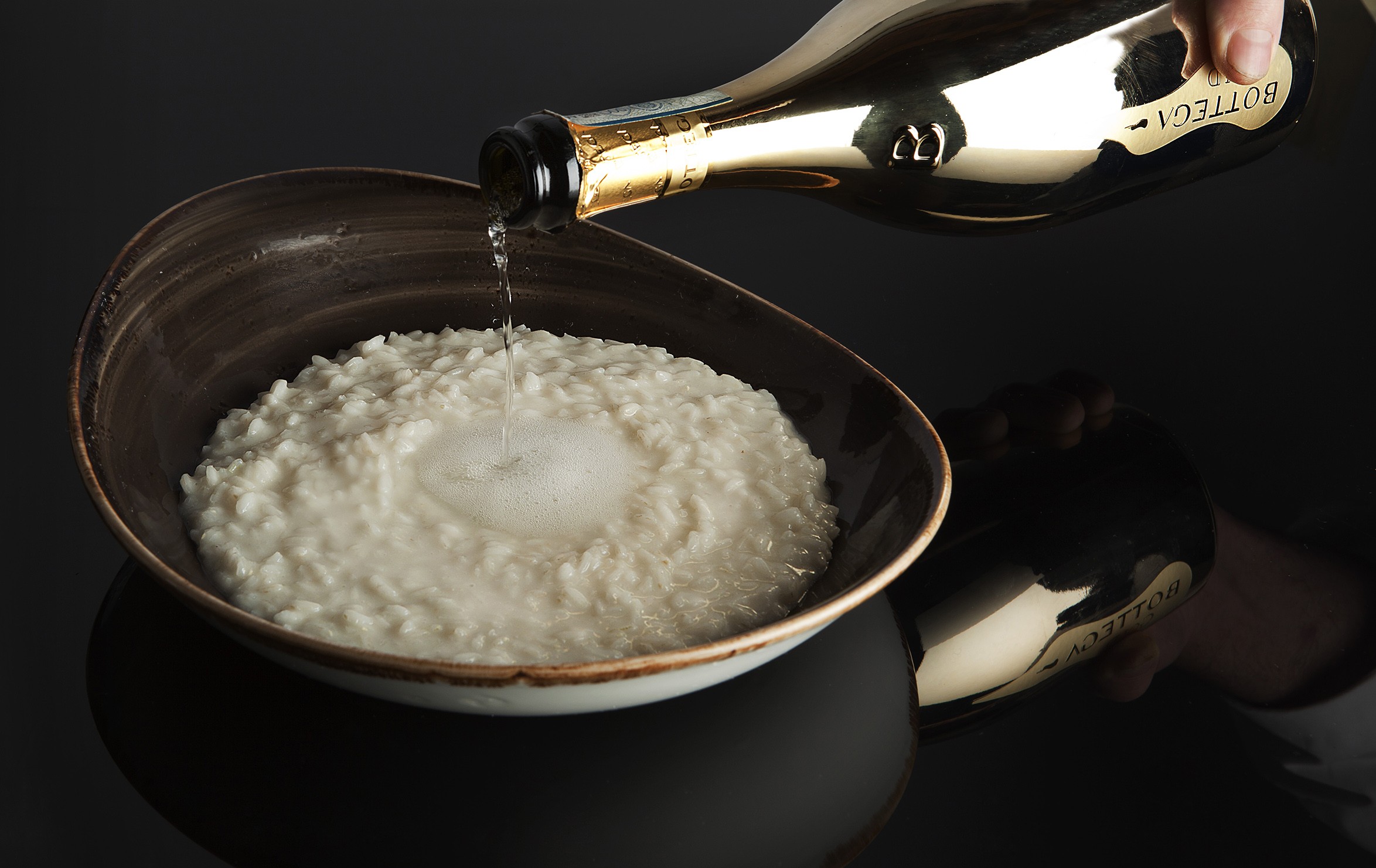Revolutionary Road
Last month the drinks business held the first in a series of events focused on the potential for the newly improved wines emerging from Portugal’s Vinho Verde region.
Entitled “Communicating the quality revolution”, the event was focused on showing representatives from the UK trade the range of Vinho Verde styles available with a tasting, along with some information on the essence of the region today based on a talk and video.
This was followed by a discussion to gauge the reaction from those present – personalities from the retail sector (there will be a follow-up event designed for sommeliers and restaurant wine buyers).
Opening the discussion was the drinks business editor Patrick Schmitt, who began by highlighting common misconceptions about Vinho Verde, as well as explaining why commentators are starting to get excited about the region’s capability to produce serious white wines. Initially, he focused on the viticulture, and pointed out that although Vinho Verde is famed for its pergola-style vine training, producers are now employing techniques to maximise solar exposure, such as wire trained vertical shoot positioning.
Furthermore, yields have been reduced dramatically, while organic and biodynamic farming practices are now in evidence. Together, this is resulting in wines with higher extract and greater character. He also stressed the existence of a highly sophisticated research centre in Vinho Verde with experimental vineyards over 18 hectares. It is dedicated to testing a range of training systems, as well as clonal selections, rootstocks and the characteristics of all 52 permitted varieties, alongside international grapes such as Chardonnay, Sauvignon Blanc and Pinot Noir.
Following this, he turned his attention to the changes in winemaking. The days of dilute, off-dry and fizzy wines are disappearing as a new generation is bringing in techniques to create richer, dry, but still fresh, wine styles, which benefit from extended lees contact and even barrel ageing. Other developments include minimal must handling, particularly pumping, as well as partial malolactic fermentation.
Overall, the wines are not only more characterful and textured, but also ageworthy, meaning that comparisons with Riesling are not unfounded – after all, the region’s Alvarinho grape translates as “white from the Rhine”.
Patrick also highlighted the special climate and soil combination found in Vinho Verde, based on granite and slate bedrock and the strong Altantic influence, as well as the native grapes, particularly Alvarinho and Loureiro, which, when allied to the terroir, ensure the production of unique wines.
Finally, he drew attention to the potential for these wines in the UK off-trade. Vinho Verde, he said, “ticks almost every trend box: it’s naturally low in alcohol, it’s dry, it’s fresh, and it’s mostly unoaked. It’s also relatively inexpensive and an authentic product. It just needs to overcome its unfashionable image and raise the trade’s awareness of its quality revolution”
FRESH APPEAL
So what did the panel think? Joe Gilmour, general manager at Roberson Wine, was quick to respond, and agreed that Vinho Verde is right on trend, but, like Muscadet, is punching below its weight.
Similarly, Nick Oakley from Portuguese specialist Oakley Wine Agencies, said there “is a lot happening in Vinho Verde and we are big believers”. Journalist and BBC Good Food expert Sarah Jane Evans MW added that the wines she has tasted in the region are “so good”, but added that “there’s a problem finding these wines back in the UK”.
Anthony Habert, national accounts manager at Stevens Garnier, UK importer of Sogrape’s Quinta de Azevedo, commented: “Vinho Verde is aromatic, it’s fresh, it’s a great summer wine, but interestingly people are also saying it’s the perfect antidote to Christmas, when its acidity will come to the rescue.”
Ted Sandbach, MD of The Oxford Wine Company, also believed that Vinho Verde “ought to be a wine that is hugely trendy… and ought to be the new Pinot Grigio, I do feel there’s a place for it”.
Meanwhile, Sarah Ahmed, a journalist with a particular knowledge of Portuguese wines, reiterated the existence of a Vinho Verde “quality revolution”, citing the Loureiro from Lima and Alvarinho from Monção in particular.
“These sub-regions have a bit more continentality and you see the grapes getting more richness,” she said. Then Stephen Finch from Vagabond Wines surprised the room by reporting a demand for Vinho Verde among younger consumers at his Fulham-based independent wine shop.
“My experience is of a positive reaction among younger consumers to Vinho Verde, and a lot of them are asking for it.”
The discussion soon turned to various aspects that could help boost sales of Vinho Verde in the UK, from the use of screwcap closures and ditching flaskshaped bottles to in-store sampling. It was also felt that where varietal labelling is allowed, the use of Alvarinho on the front label could be a powerful cue for shoppers cognisant of Spain’s Albariño, just north of the Portuguese border.
Partner Content
Such a viewpoint was strengthened by the belief in Sarah that Alvarinho is Portugal’s top white grape. “It has cachet and hence the interest in Vinho Verde from the country’s best winemakers,” she said, reminding us that only wines from the Monção sub-region can use Alvarinho on the front label.
Meanwhile, Nick reported that Marks & Spencer is just about to list a Vinho Verde, flagged up instore as an Alvarinho.
Nevertheless, the range of writers and retailers gathered at the event felt strongly that Vinho Verde itself needed promoting first. And such promotion, it was suggested, should use education and tastings to focus attention on the wines themselves, and, as part of this, stress their inherent freshness and suitability to serve with fish.
“I think they are really delicious wines and there’s nothing else like them,” summed up Sarah Jane, adding: “They are original and distinctive.”
Satisfyingly, the very measures suggested to raise Vinho Verde’s profile were already working on the attendees at this, the first UK event focused on the region’s wines.
As they left, they admitted to a newly increased knowledge of the region and a surprise and excitement at the quality available based on the tasting.
The next step will be transmitting this enthusiasm to consumers.
For more information on Vinho Verde visit www.vinhoverde.pt/en
Panelists
- Sarah Ahmed, journalist
- Sarah Jane Evans MW, journalist
- Stephen Finch, director, Vagabond Wines
- Joe Gilmour, general manager, Roberson Wine
- Anthony Habert, national accounts manager, Stephens Garnier
- Nick Oakley, Oakley Wine Agencies
- Ted Sandbach, managing director,The Oxford Wine Company
- Patrick Schmitt, editor, the drinksbusiness




